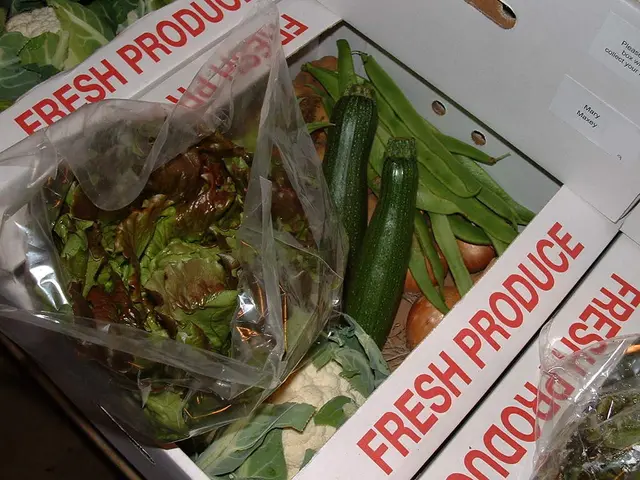Multilevel Garden Designs: Creating Stunning Landscapes with Six Tiered Garden Concepts
A multi-level garden can transform a sloping plot into a series of split-level spaces for relaxation, entertainment, and planting. With careful planning and the right choices in materials, you can create a safe and practical outdoor space that offers a unique charm. Here's a guide to help you navigate the process.
## Planning and Design
Assessing the slope gradient is the first step in determining the number of tiers needed for your garden. This will help in planning the layout and dimensions of each tier [1]. Decide on the overall aesthetic, such as modern, traditional, or natural, to guide material selection and design [5].
## Materials
Durable materials like sandstone, concrete blocks, or treated timber are suitable for retaining walls, offering both structural integrity and aesthetic appeal [2]. Ensure they are well-drained and built to withstand local weather conditions [2].
Design steps that are wide enough for comfort and safety, ideally with a landing between each tier [4]. Use materials that match the style of the garden, such as stone or wood.
Fill materials play a crucial role in the success of your garden. Use gravel behind retaining walls for drainage and landscape fabric to prevent erosion [1]. Choose soil types that are suitable for the plants you plan to use [1].
## Drainage and Retaining Walls
Proper drainage is essential to prevent water accumulation in each tier. Gravel behind retaining walls and a proper incline can help achieve this [1][2]. In cases where the tiers are high or the soil is prone to waterlogging, consider installing a drainage system.
Retaining walls should be built to hold back soil and prevent erosion. They can also serve as seating or garden borders [2]. Ensure they are structurally sound and comply with local building regulations [2].
## Safety Features
Plan stairs and landings carefully to ensure smooth transitions between tiers [4]. Use railings for safety, especially if the steps are steep or high.
Install adequate lighting to illuminate paths and steps, especially in areas with low visibility at night.
Ensure that the garden is accessible for maintenance and enjoyment. This includes easy access to each tier and sufficient space for tools or seating.
## Additional Ideas
Consider incorporating vertical elements like trellises or wall-mounted planters to enhance the garden's visual appeal and maximize space [3]. Use plants that are native to your region, as they are often more sustainable and require less maintenance [2].
Turn a retaining wall into a feature by adding wood to make an insect habitat or building a gabion wall.
Remember, it is advisable to seek help from experts in the planning and building stages of a multi-level garden. Frequently asked questions about split-level gardens include what to do with them and how to create multi-level gardens.
By incorporating these elements, you can create a multi-level garden that is both safe and practical, offering a unique and enjoyable outdoor space.
Consider enhancing your multi-level garden design with raised beds for additional planting areas [1]. Research home-and-garden magazines or websites for garden design ideas to inspire your multi-level garden layout [3]. Embrace outdoor-living by incorporating a dining or seating area within your raised beds, merging lifestyle and gardening seamlessly [6].








